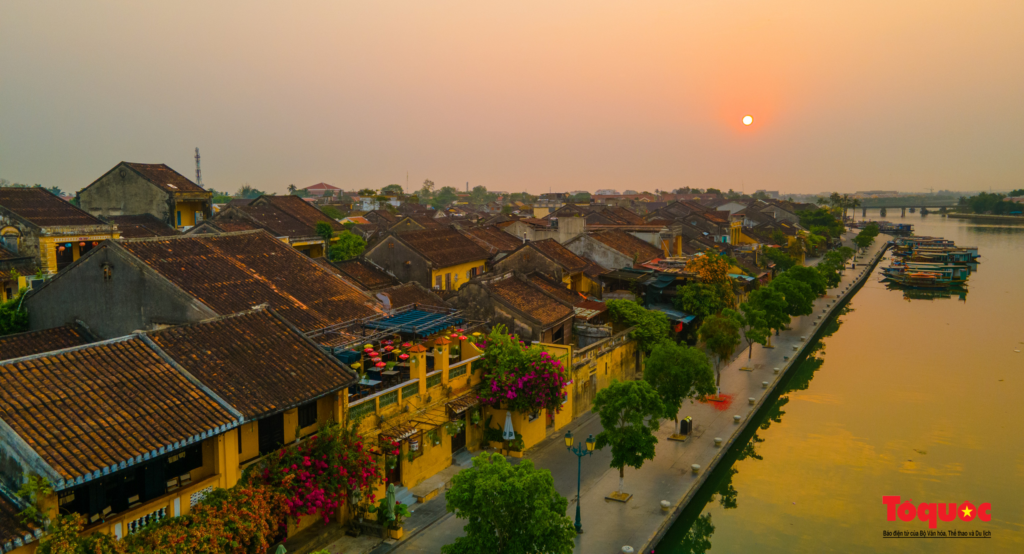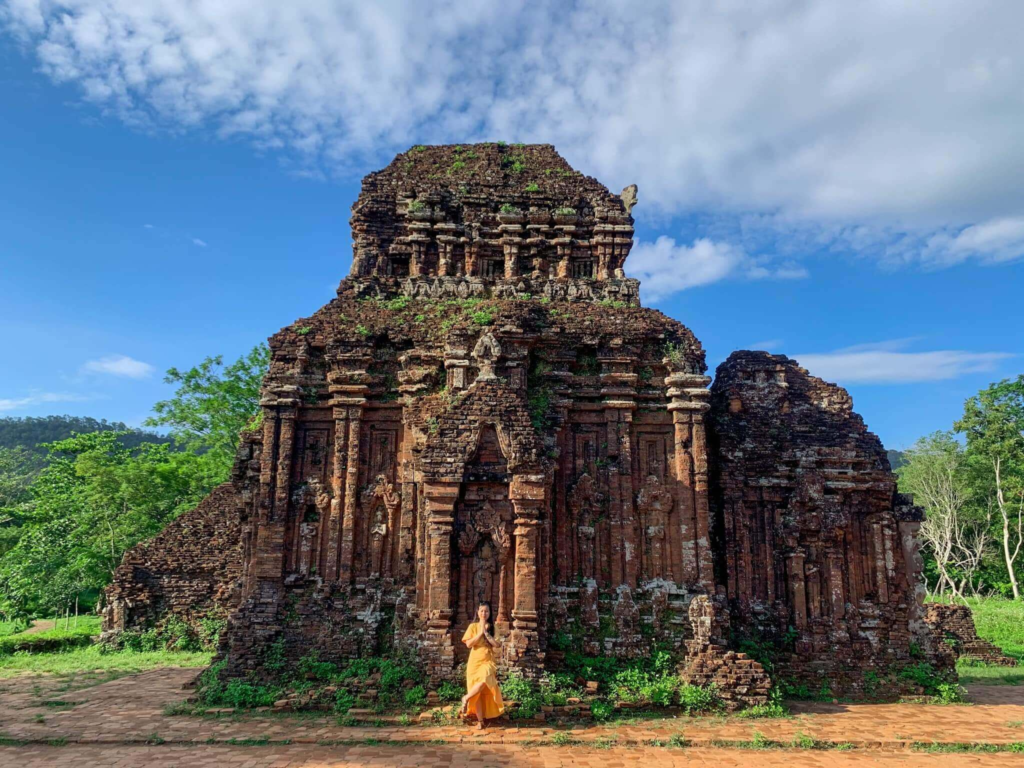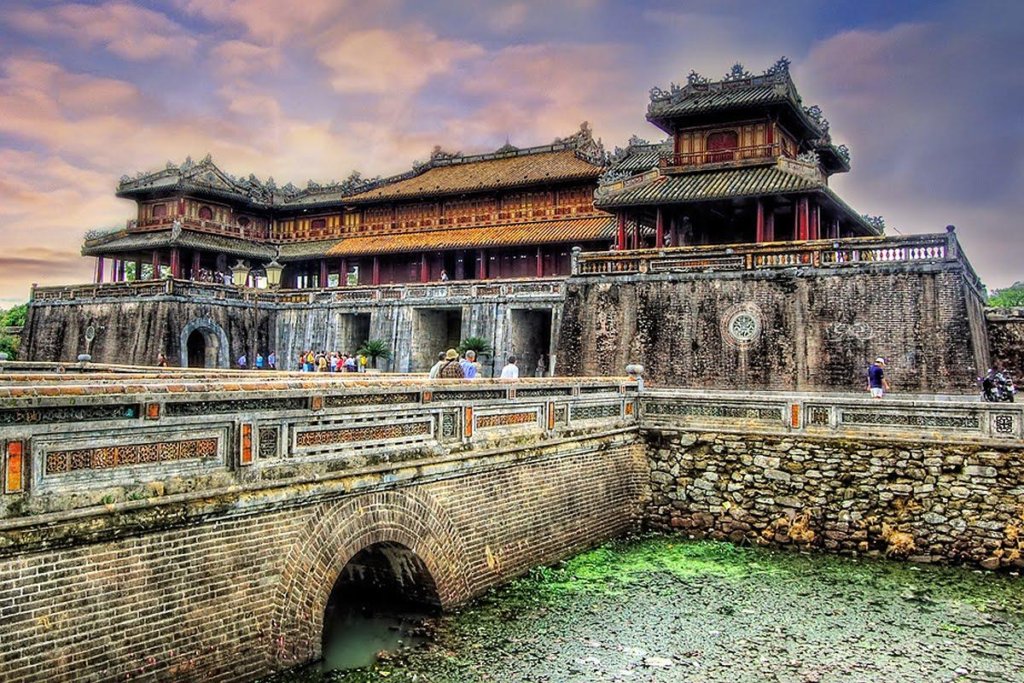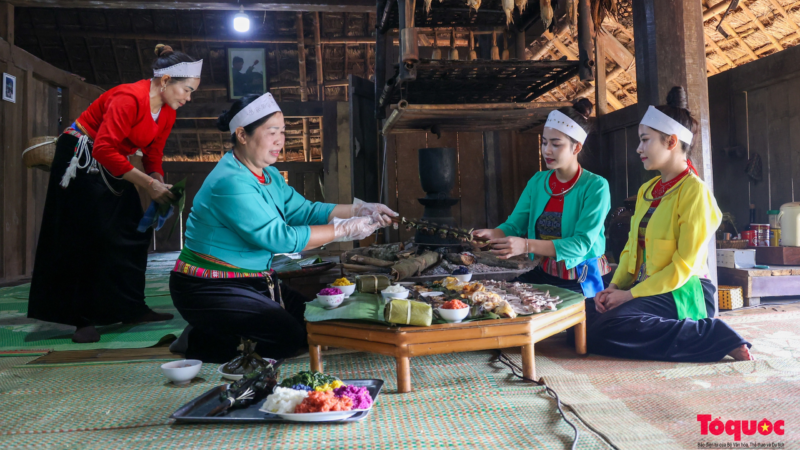A Compilation of UNESCO-Recognized Cultural Heritage Sites in Vietnam

Vietnam, a country rich in natural resources with diverse terrains, has created many famous landscapes both domestically and internationally. Among these, there are numerous types of cultural heritage recognized and honored by UNESCO worldwide.
The list of UNESCO-recognized heritage sites includes both tangible and intangible heritage, covering all three types: natural heritage, cultural heritage, and mixed cultural and natural heritage. In the following article, Heritage Magazine invites readers to explore the world cultural heritage sites in Vietnam that have been recognized by UNESCO.

1. UNESCO-Recognized Tangible Cultural Heritage in Vietnam
Tangible cultural heritage includes architectural works, landscapes, artworks, or artifacts of significant value that have been preserved to this day. In terms of tangible cultural heritage, Vietnam currently has five UNESCO-recognized cultural heritage sites.
1.1 Hoi An Ancient Town
Leading the list of UNESCO-recognized tangible cultural heritage sites is Hoi An Ancient Town, a prime example of a traditional Asian trading port built in the 17th century and flourishing until the 19th century. Located in Quang Nam Province, about 30 kilometers south of Da Nang City, Hoi An Ancient Town has attracted numerous visitors from both within and outside of Vietnam.
Hoi An Ancient Town was recognized as a World Cultural Heritage site by UNESCO in 1999.

1.2 Mỹ Sơn Sanctuary
Next on the list of UNESCO-recognized cultural heritage sites is the famous Mỹ Sơn Sanctuary. Declared a modern World Cultural Heritage site by UNESCO, Mỹ Sơn Sanctuary is a complex of temple towers belonging to the ancient Champa Kingdom. It represents a unique civilization rooted in Hindu culture from around the 4th to the 13th century.

1.3 The Imperial City of Hue
Along with Hoi An Ancient Town and Mỹ Sơn Sanctuary, the Imperial City of Hue forms the trio of the most renowned World Cultural Heritage sites in central Vietnam. The Imperial City of Hue is a historical and cultural relic from the Nguyễn Dynasty, located in the former capital of Hue, now part of Thua Thien-Hue Province. It was recognized as a UNESCO World Cultural Heritage site in 1993.

1.4 The Imperial Citadel of Thang Long
Another name on the list of World Cultural Heritage sites that brings pride to Hanoi is the Imperial Citadel of Thang Long. This is an ancient historical complex that has endured for centuries and witnessed the rise and fall of various Vietnamese dynasties since the 7th century.
Despite numerous historical upheavals, the Imperial Citadel of Thang Long remains a monumental architectural work, built and restored by many kings. In 2010, the Imperial Citadel of Thang Long was officially recognized as a UNESCO World Cultural Heritage site.

1.5 The Citadel of the Hồ Dynasty
Built in the 14th century, the Citadel of the Hồ Dynasty is a remarkable representation of a new architectural style for citadels in Southeast Asia. It is also a testament to the flourishing of Confucianism in Vietnam and East Asia during the 14th century. The scenic beauty of the Citadel of the Hồ Dynasty is a blend of the Ma and Buoi River plains with the grandeur of the surrounding mountains.
In 2011, the Citadel of the Hồ Dynasty was recognized as a tangible cultural heritage site by UNESCO.

2. UNESCO-Recognized Intangible Cultural Heritage in Vietnam
In addition to the five tangible cultural heritage sites, Vietnam has also been recognized by UNESCO for numerous intangible cultural heritage elements, including:
2.1 Hue Royal Court Music
Leading the list is a genre of music that was emblematic of the royal court in Hue during the feudal period. It was often performed at grand ceremonies witnessed by the king and high-ranking court officials. Today, Hue Royal Court Music has become a UNESCO-recognized World Cultural Heritage, preserved and passed down through generations by the Vietnamese people.
2.2 The Space of Gong Culture in the Central Highlands
In 2015, the Space of Gong Culture in the Central Highlands was recognized by UNESCO as one of the Masterpieces of the Oral and Intangible Heritage of Humanity. The Space of Gong Culture encompasses various elements, including gong instruments and musical pieces, players, festivals involving gongs, and the locations where these festivals are held.
To truly experience this cultural space, visitors must visit the villages of the Central Highlands, where traditional stilt houses are clustered, especially during festival times such as the New Rice Festival, the Water Wharf Worship Ceremony, and more.
2.3 Quan họ Folk Songs
When mentioning Bắc Ninh, most people immediately think of the renowned folk song genre, Quan họ. With its unique cultural and humanistic values, Quan họ Folk Songs were recognized as a UNESCO Intangible Cultural Heritage of Vietnam in 2009.
2.4 Ca trù
Originating in the 15th century, Ca trù is a traditional art form in northern Vietnam, historically performed in royal courts, and for the intellectual and aristocratic classes. Ca trù is considered an intangible cultural heritage, seamlessly blending poetry and music.
2.5 Gióng Festival
Saint Gióng is a folk tale passed down through many generations of Vietnamese people. Today, Saint Gióng is also one of the Four Immortals in Vietnamese folk beliefs. As a result, many localities in Vietnam still preserve the Gióng Festival to honor and remember Saint Gióng’s legendary exploits.
To witness the Gióng Festival, recognized as a UNESCO Intangible Cultural Heritage, visitors can go to Phù Đổng Temple (Gia Lâm) or Sóc Temple (Sóc Sơn District) in Hanoi.
2.6 Phú Thọ Xoan Singing
Xoan singing is a form of worship singing, believed to date back to the era of the Hùng Kings and has been preserved to this day. In 2011, Phú Thọ Xoan Singing was recognized by UNESCO as an Intangible Cultural Heritage of Humanity.
2.7 The Worship of Hùng Kings
In Phú Thọ, the worship of Hùng Kings has been preserved and passed down through generations. Not only is this belief recognized by UNESCO as an intangible cultural heritage, but it has also been listed as a national heritage by the Ministry of Culture, Sports, and Tourism of Vietnam.
2.8 Đờn ca tài tử
In 2013, Đờn ca tài tử was recognized by UNESCO as an intangible cultural heritage of humanity. Originating and developing in the 19th century, Đờn ca tài tử is a genre of traditional Vietnamese music that has its roots in ceremonial music, Hue Royal Court Music, and folk literature.
3. UNESCO-Recognized Mixed Cultural Heritage in Vietnam
The Tràng An Scenic Landscape Complex in Ninh Bình is the only site recognized as a mixed cultural heritage by UNESCO in Vietnam to date. Tràng An is not only home to some of the most stunning landscapes, with a variety of terrains including rivers, swamps, and mountains interconnected, but also boasts numerous historical sites such as the Tràng An Ecotourism Area, Tam Cốc – Bích Động, Bái Đính Pagoda, and the ancient capital of Hoa Lư.
In 2014, the Tràng An Scenic Landscape Complex was recognized as a UNESCO World Heritage site. It is also the only mixed cultural heritage site in Vietnam and Southeast Asia.
4. UNESCO-Recognized World Documentary Heritage in Vietnam
In addition to the aforementioned cultural heritage sites, Vietnam currently has three UNESCO-recognized World Documentary Heritage sites, honored since 2009.
4.1 Woodblocks of the Nguyễn Dynasty
As the first UNESCO-recognized World Documentary Heritage site in Vietnam, the Woodblocks of the Nguyễn Dynasty were recognized in 2009. This collection of documents from the Nguyễn Dynasty consists of 34,618 woodblocks inscribed with Han-Nom characters, containing a rich and diverse range of content that reflects various aspects of Vietnamese society during the Nguyễn era.
4.2 Doctoral Steles at the Temple of Literature – Quốc Tử Giám
Currently, the Temple of Literature – Quốc Tử Giám houses 82 doctoral steles, corresponding to 82 examination sessions from 1484 to 1780. These are the only original documentary records still preserved at the Temple of Literature – Quốc Tử Giám. In 2011, these steles were recognized as a UNESCO World Documentary Heritage site. Furthermore, in 2012, the entire Temple of Literature – Quốc Tử Giám complex was recognized by the government as a special national monument.
4.3 Imperial Records of the Nguyễn Dynasty
This is a collection of administrative documents from the Nguyễn Dynasty, written in Han-Nom script. Notably, the Imperial Records of the Nguyễn Dynasty contain references to Vietnam’s territorial sovereignty over the Hoàng Sa (Paracel) and Trường Sa (Spratly) archipelagos. Due to their significant historical value, these records were recognized by UNESCO as a World Documentary Heritage in 2017.
The above is a compilation of UNESCO-recognized cultural heritage sites in Vietnam up to the present, including tangible cultural heritage, intangible cultural heritage, mixed heritage, and world documentary heritage. Each recognized heritage site not only affirms the enduring beauty of Vietnam through generations but also highlights the cultural and historical value of the Vietnamese nation throughout its history.


